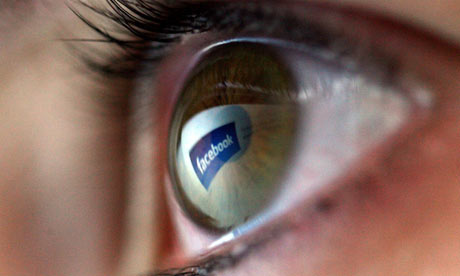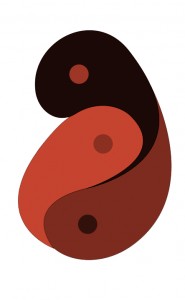 Jeff Jarvis wrote a critique of having multiple identities on social media (find the post on his blog – though, I found it via Owni.eu). While acknowledging that anonymity has enabled WikiLeaks or protestors of repressive regimes, he finds little utility for not being honest on social media about yourself. Jarvis argues against having multiple identities, e.g., one Twitter account for work and another for friends or a real Facebook for one group and a fakebook (a Facebook profile with a false name) for another.
Jeff Jarvis wrote a critique of having multiple identities on social media (find the post on his blog – though, I found it via Owni.eu). While acknowledging that anonymity has enabled WikiLeaks or protestors of repressive regimes, he finds little utility for not being honest on social media about yourself. Jarvis argues against having multiple identities, e.g., one Twitter account for work and another for friends or a real Facebook for one group and a fakebook (a Facebook profile with a false name) for another.
Jarvis argues that the problems associated with presenting yourself in front of multiple groups of people (say, your mother, boss, best friend, recent fling, etc) will fade away under a state of “mutually assured humiliation.” Since we will all have the embarrassment of presenting a self to multiple groups, we all will forgive each other so that others will return the same favor to us. “The best solution”, Jarvis argues, “is to be yourself. If that makes you uneasy, talk to your shrink.” This is reminiscent of Facebook founder Mark Zuckerberg who stated “having two identities for yourself is an example of a lack of integrity,” or current Google CEO Eric Schmidt who said that “if you have something that you don’t want anyone to know, maybe you shouldn’t be doing it in the first place.”
The obvious problem with this line of thinking is that the problems associated with displaying a single self in front of multiple populations is not “mutually” the same for all. Just as WikiLeaks or protestors often use anonymity to counter repressive and/or powerful regimes, we know that anonymity is also used by the most vulnerable and least powerful on the personal level as well. Jarvis misses the important variables of power and inequalities in his analysis.
Having a stigmatized and not always accepted identity can bring much conflict more...




